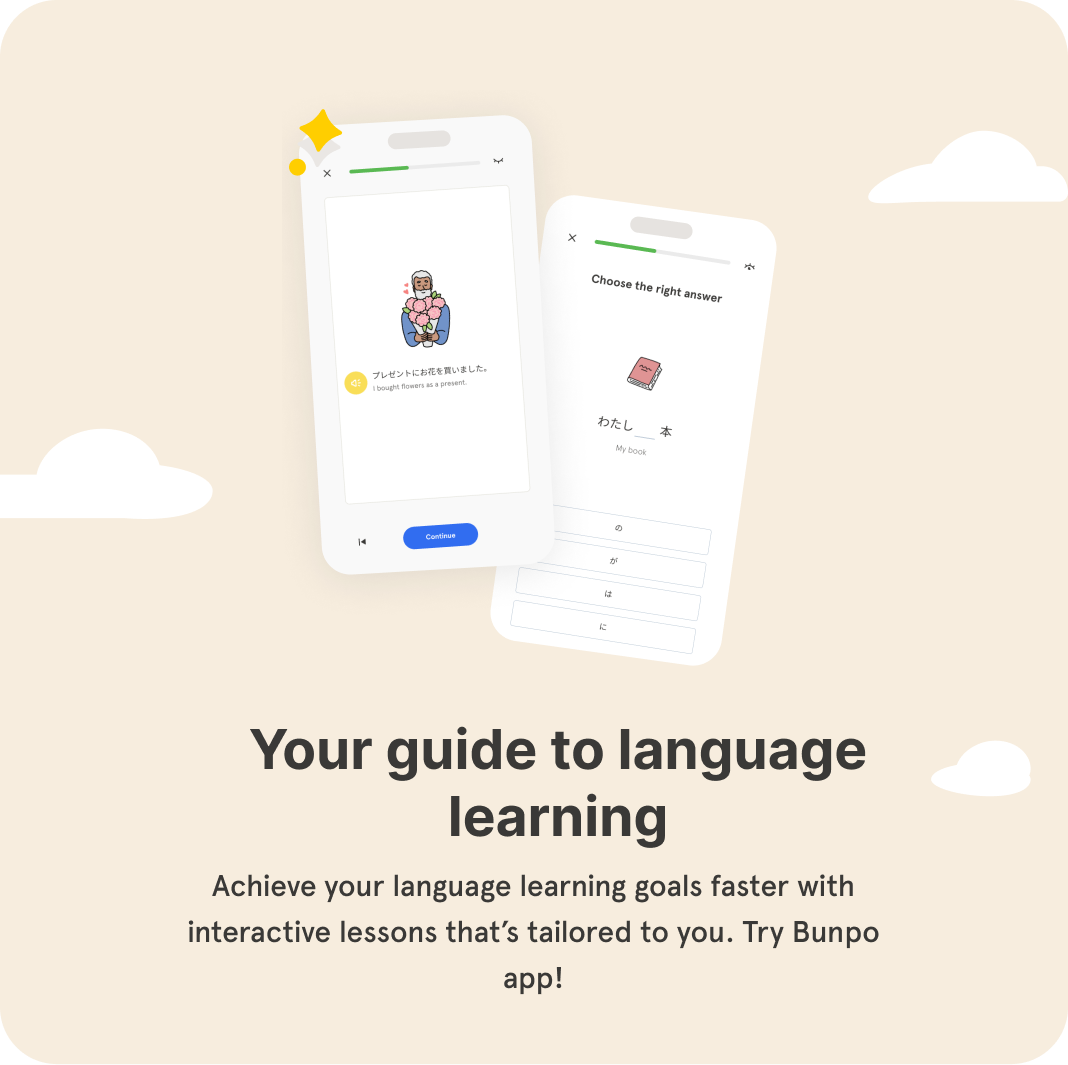
Learning body parts in Spanish requires more than memorization—it’s the gateway to everyday conversations, unlocking cultural expressions, and understanding grammar basics. Whether you’re traveling, visiting a doctor, or simply talking about people, this vocabulary is essential. Everything you need to know to talk about the human body in Spanish is listed below.
Core Vocabulary: Body Parts in Spanish
Let’s start with the basics. Here’s a typical list of body parts in Spanish, organized by category:
Head & Face
- Head
- la cabeza
- Hair
- el pelo / el cabello
- Eye
- el ojo
- Nose
- la nariz
- Mouth
- la boca
- Ear
- la oreja
- Tooth
- el diente
Torso
- Neck
- el cuello
- Shoulder
- el hombro
- Chest
- el pecho
- Back
- la espalda
- Stomach
- el estómago
Arms & Hands
- Arm
- el brazo
- Elbow
- el codo
- Hand
- la mano (hint: it’s feminine!)
- Finger
- el dedo
- Nail
- la uña
Legs & Feet
- Leg
- la pierna
- Knee
- la rodilla
- Foot
- el pie
- Toe
- el dedo del pie
- Ankle
- el tobillo
Quick Grammar Tips
Learning the words is one thing. Using them correctly? That’s where grammar comes in.
1. Definite Articles Are Required
In Spanish, as in many other languages with similar grammar rules, body parts are typically preceded by definite articles (el, la, los, las) instead of possessive adjectives. For example:
- ✅ Me duele la cabeza.
- ❌ Me duele mi cabeza.
(My head hurts.)
Why? Spanish often uses reflexive verbs to indicate possession, so the body part is already understood to belong to the subject.
2. Gender and Number Matter
All nouns in Spanish have gender and can be singular or plural:
- el ojo (the eye) → los ojos (the eyes)
- la pierna (the leg) → las piernas (the legs)
Articles and adjectives must agree in gender and number:
- Tiene los ojos azules. (He/She has blue eyes.)
- Tengo las manos frías. (My hands are cold.)
3. Common Verbs to Know
- Tener (to have): Tengo dolor de cabeza.
- Doler (to hurt): Me duelen los pies.
- Lastimarse (to hurt oneself): Me lastimé el brazo.
Useful Phrases with Body Parts
- Me duele la espalda. – My back hurts.
- ¿Dónde te duele? – Where does it hurt?
- Tengo fiebre y dolor de garganta. – I have a fever and a sore throat.
- Necesito ver a un médico. – I need to see a doctor.
- Él tiene una herida en la pierna. – He has a wound on his leg.
- Lávate las manos. – Wash your hands.
Cultural Note: Idioms with Body Parts
Spanish has many idiomatic expressions involving body parts. Here are a few:
- Echar una mano – To lend a hand
- No tener pelos en la lengua – To be very blunt
- Costar un ojo de la cara – To cost an arm and a leg (literally, “an eye from the face”)
- Estar hasta las narices – To be fed up (literally, “up to the nostrils”)



